Industrial
UnPlugged – Uvex
This thesis project explores the various challenges faced using Electric Vehicle (EV) infrastructure and how increased EV adoption rates could be leveraged through its advancement.
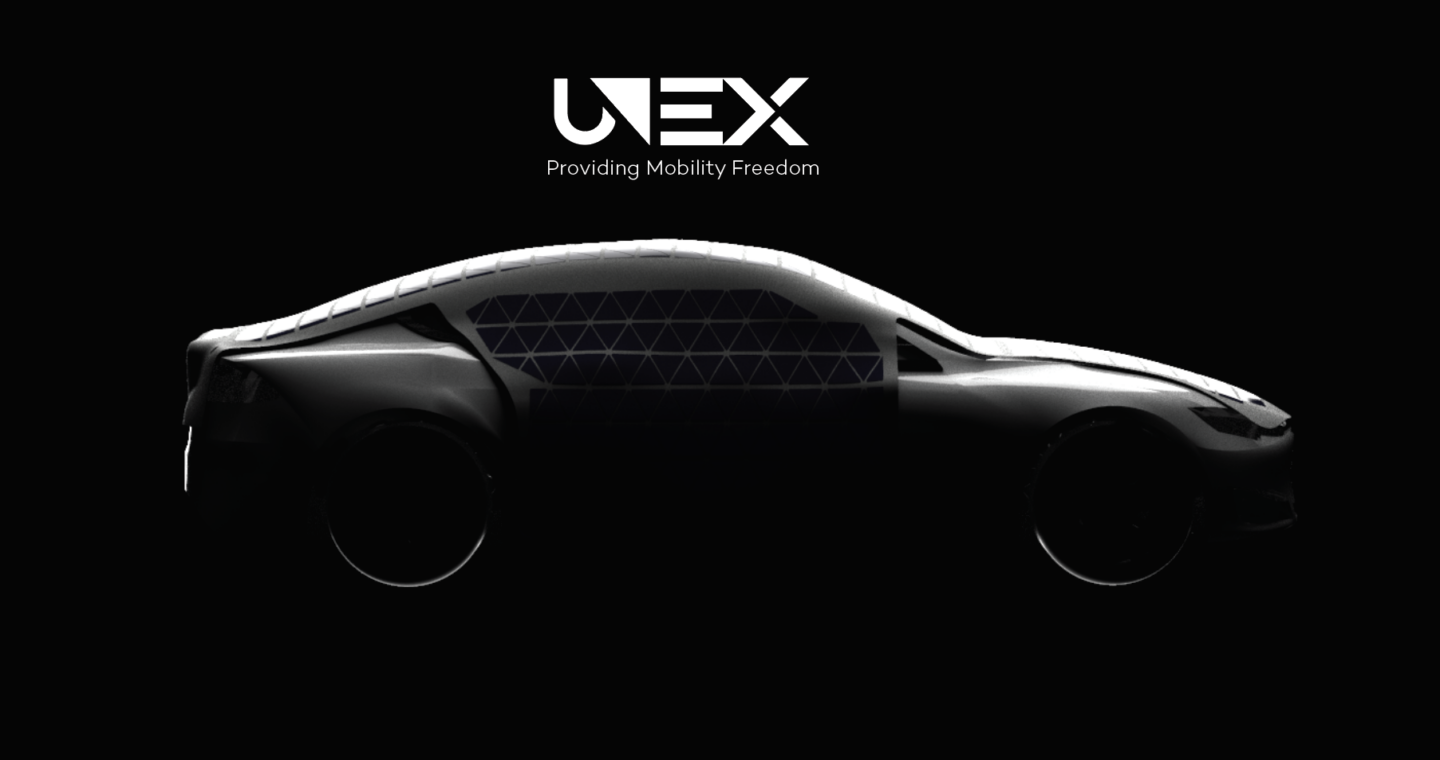
Industrial
This thesis project explores the various challenges faced using Electric Vehicle (EV) infrastructure and how increased EV adoption rates could be leveraged through its advancement.

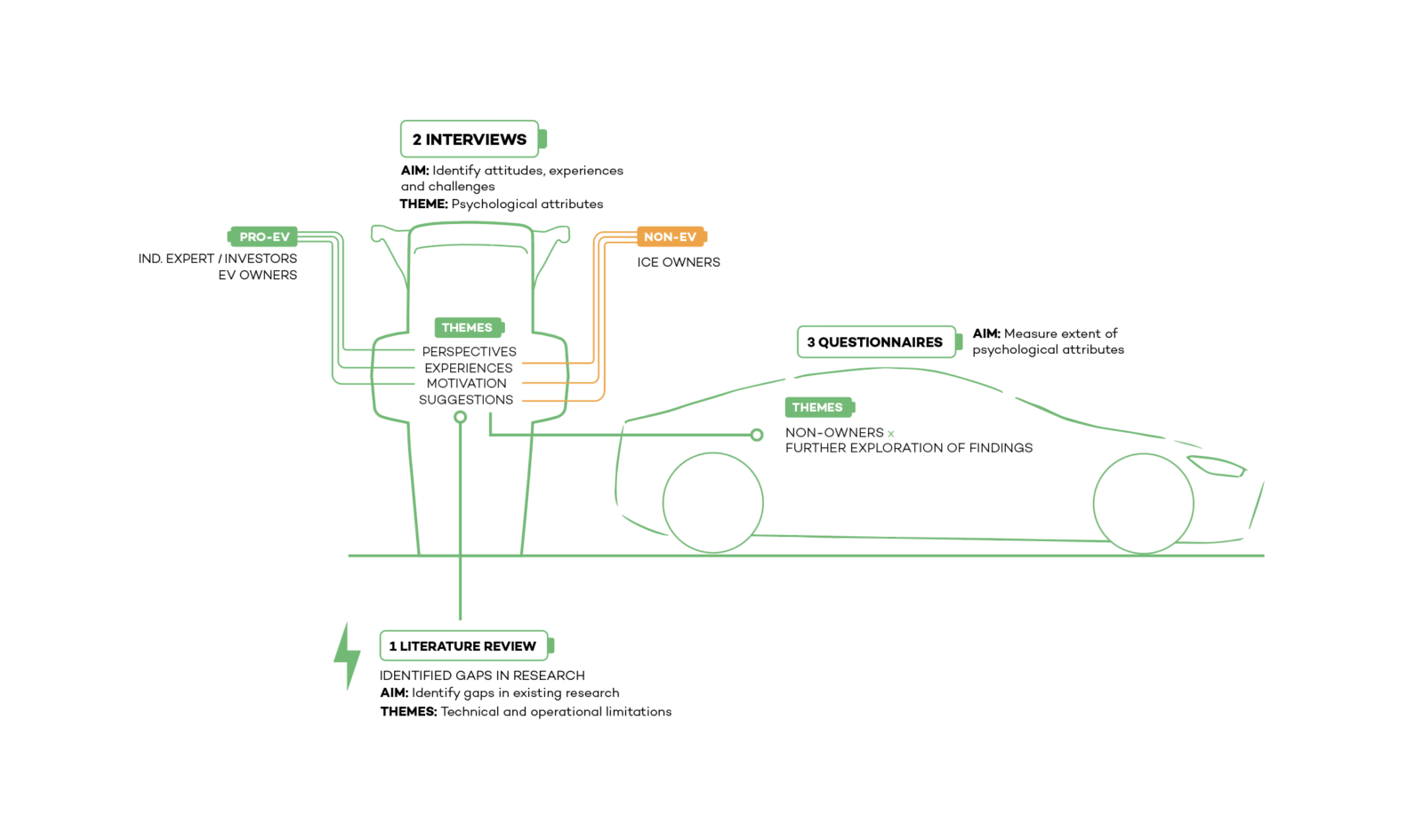
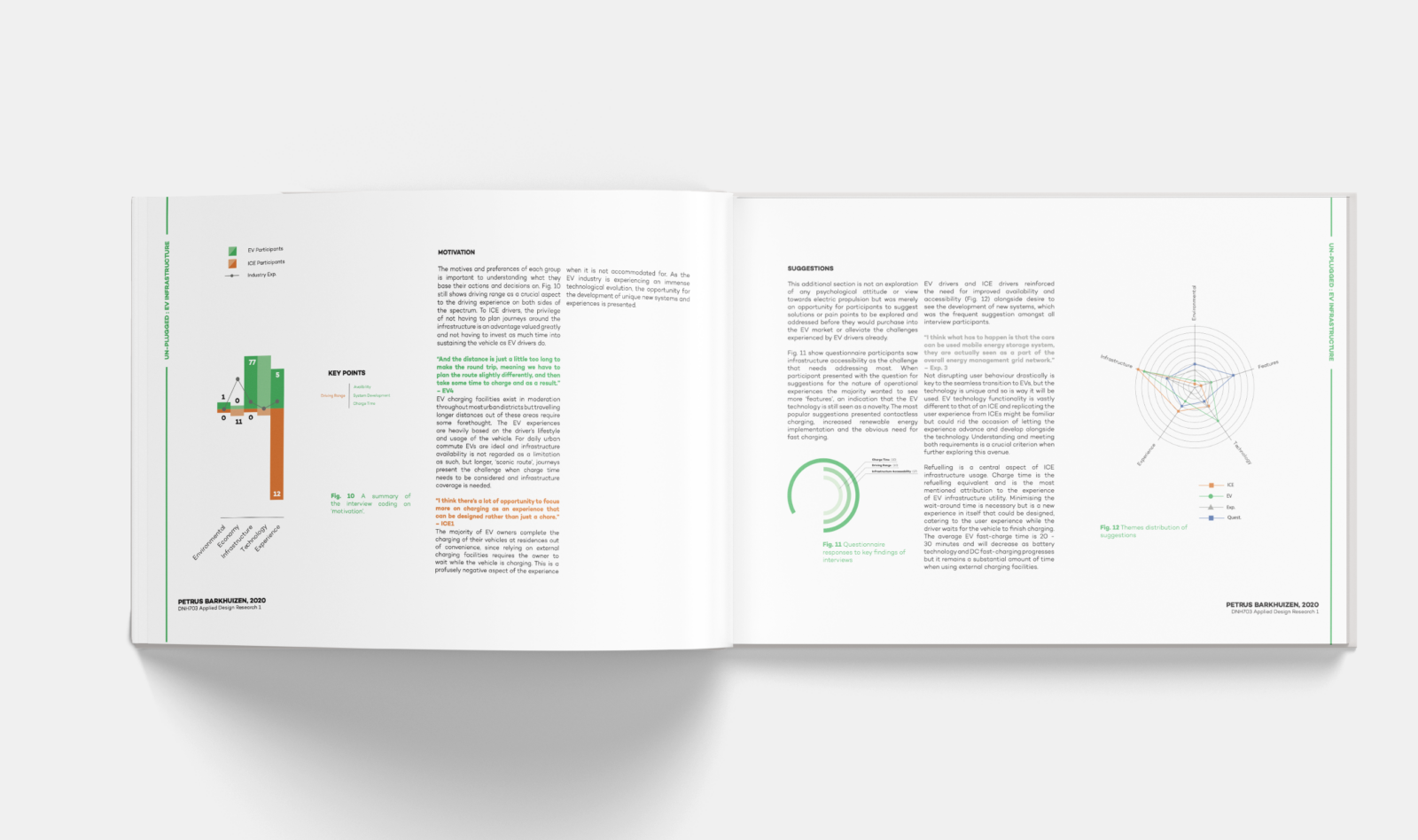
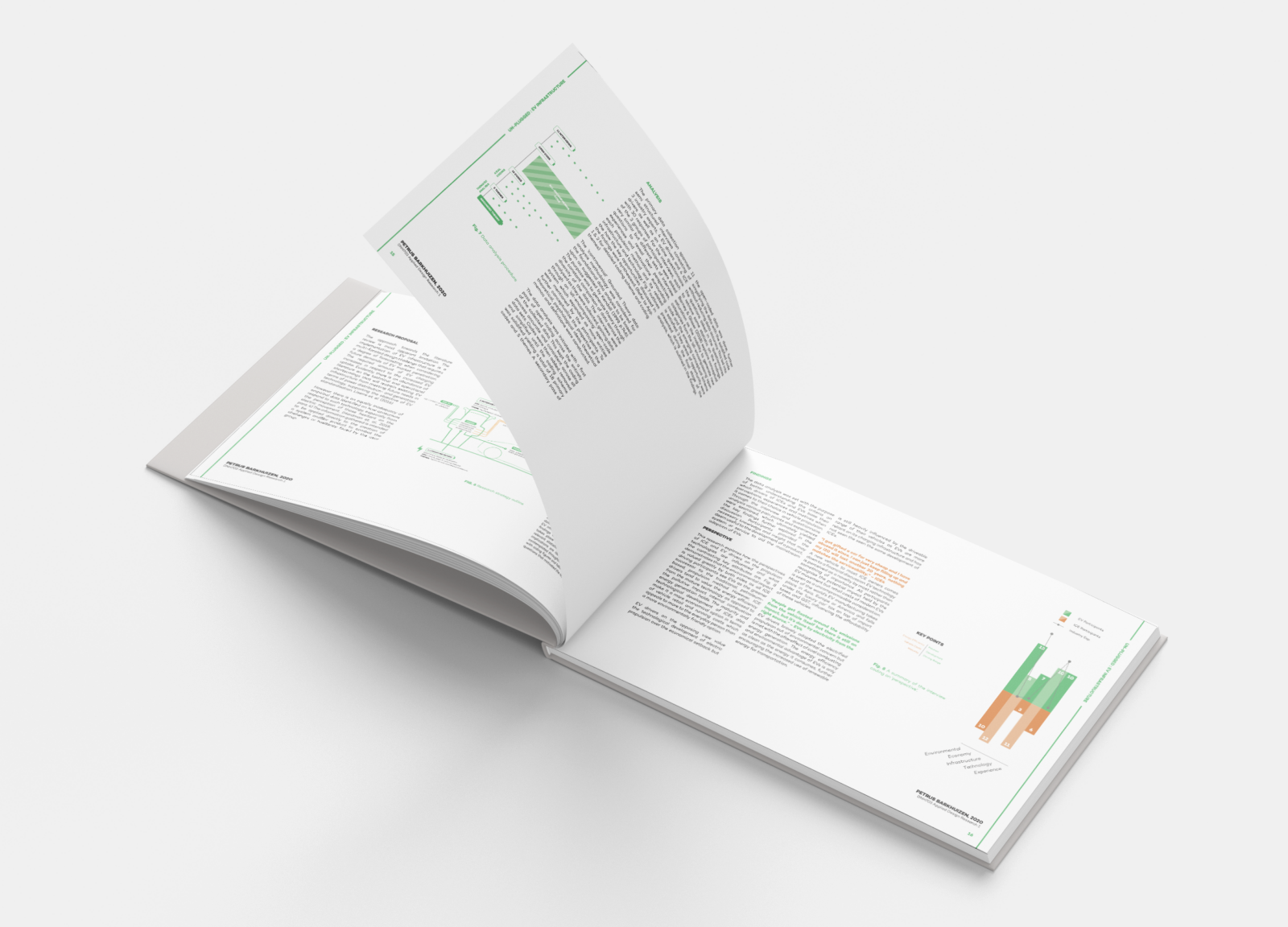
Implementing EV infrastructure is a multi-faceted design challenge that requires a degree of forecasting when considering future demands of EV market penetration. The required amount of EV charging increases in respect to the increased EV uptake. There is an abundance of literature on the technical and operational shortcomings that restrain existing EV infrastructure from meeting future needs in terms of power distribution- and generation technology. However, there is an equally inadequacy of empirical data on how consumers perceive such technology, especially those hesitant on the electric movement. From the primary research it was apparent that EV drivers adopted this form of transport out of environmental concern, but those hesitant valued the energy freedom most that came with the use of an ICE.
“I think there’s a lot of opportunity to focus more on charging as an experience that can be designed.”
Dylan Sheppard, BMW Group
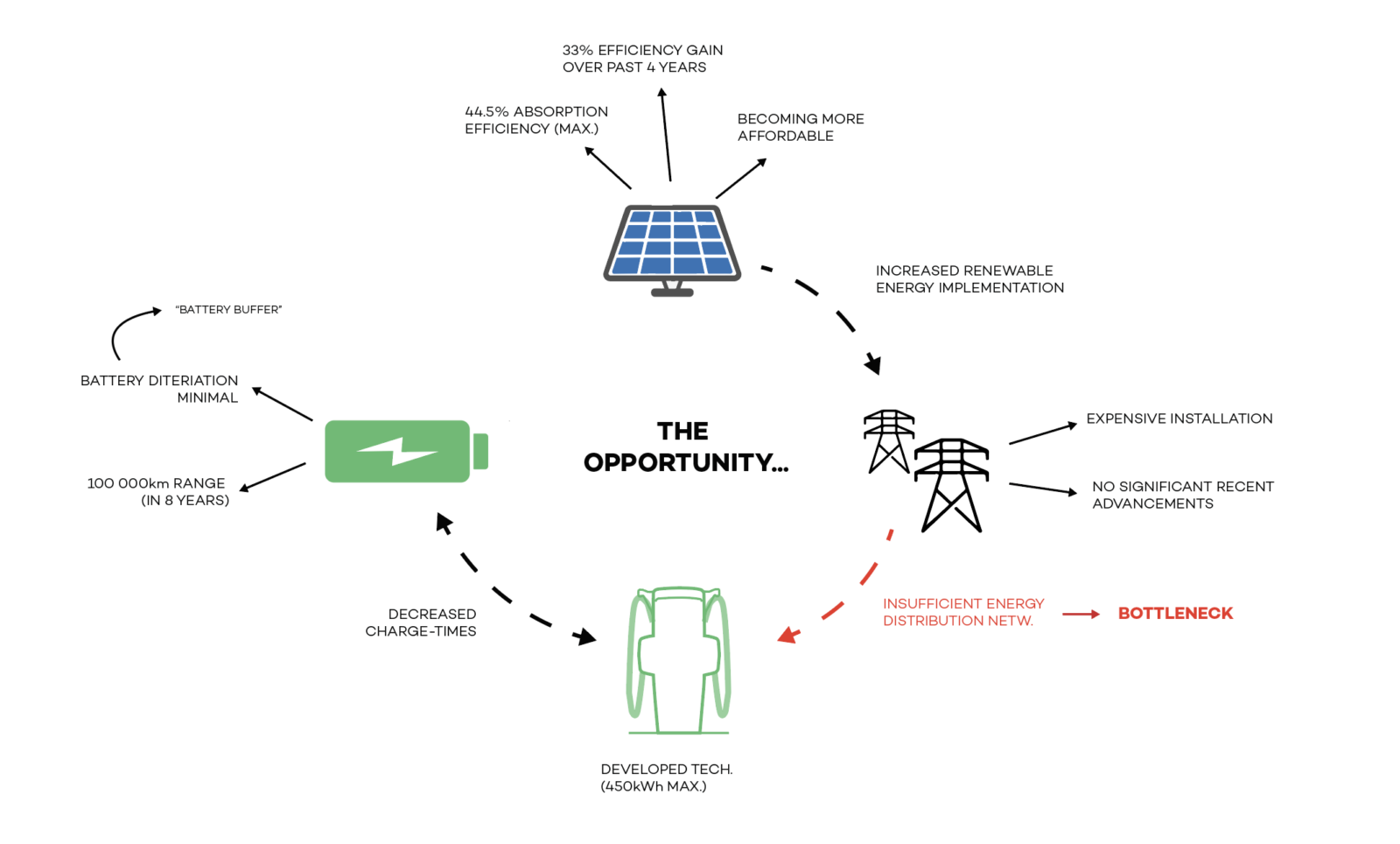
In these environmental times the demand for renewable energy implementation in our electricity usage has increased dramatically and lead to significant advancements in solar and battery technology. While EV charging utilities are expensive, the technology has advanced exponentially in recent years and can almost be seen as ahead of time. With society’s increasing reliance on electricity alongside the increased energy demand from transportation leaves the energy distribution network unable to provide to the future needs. This is especially evident in less developed areas, since the reachability is also insufficient, further contributing to Range Anxiety, making journeys out of developed areas difficult, contributing to the EV hesitation.

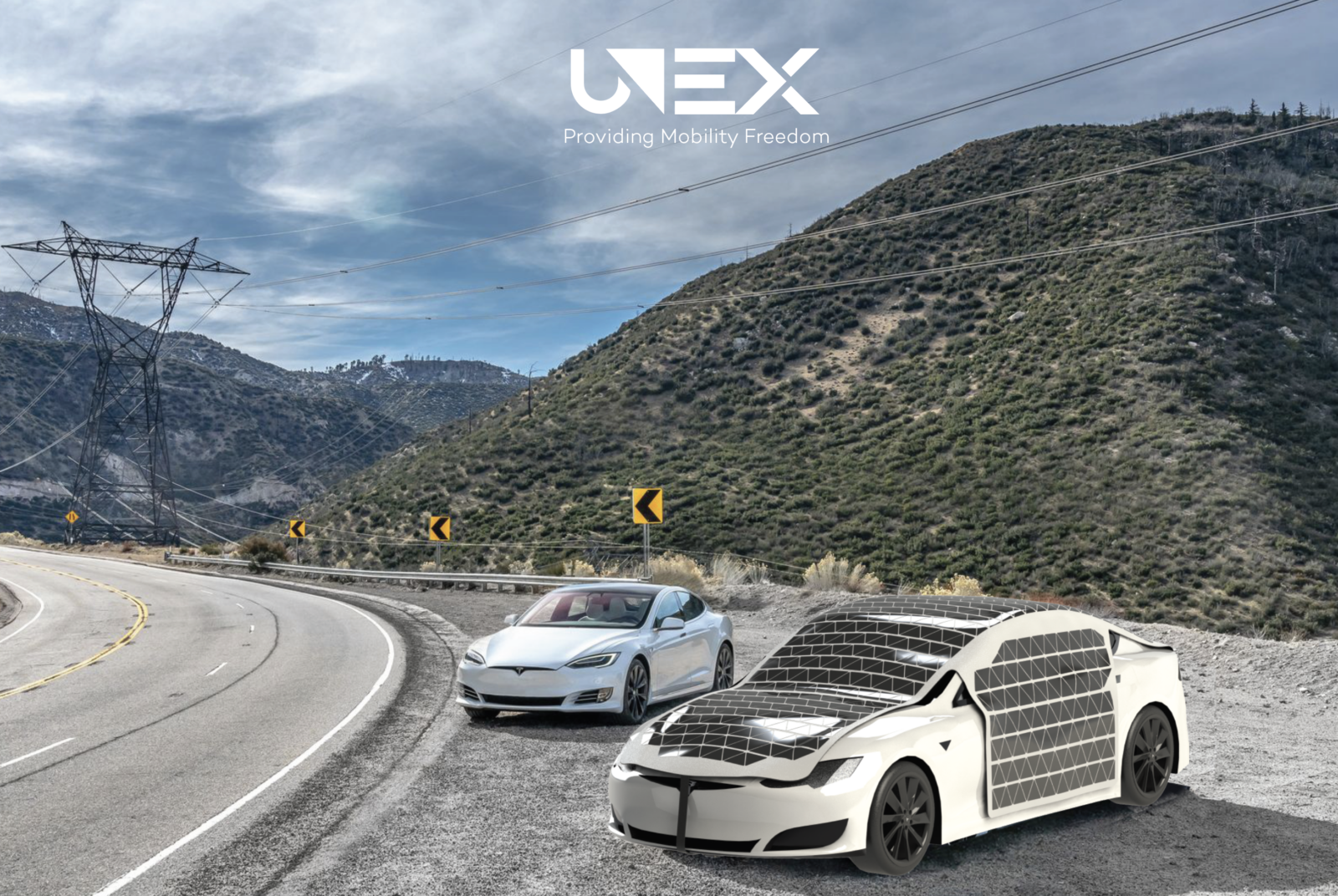

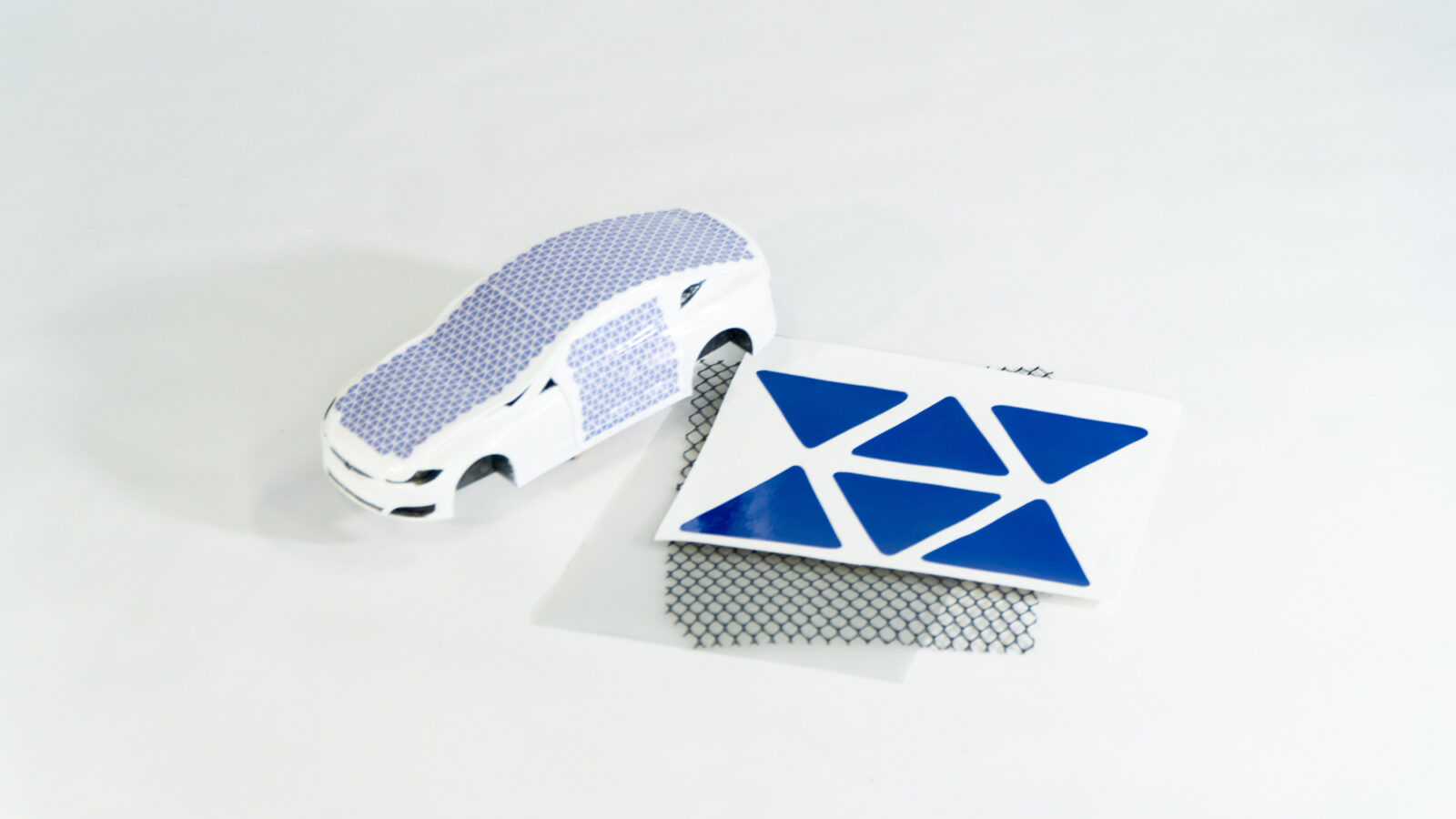

Pieter’s design mission is improving people’s way of living or help them overcome difficulties with his ideas and adding value to the user’s life through his designs. Being ambitious and keen on learning, this vast industry is ideal.